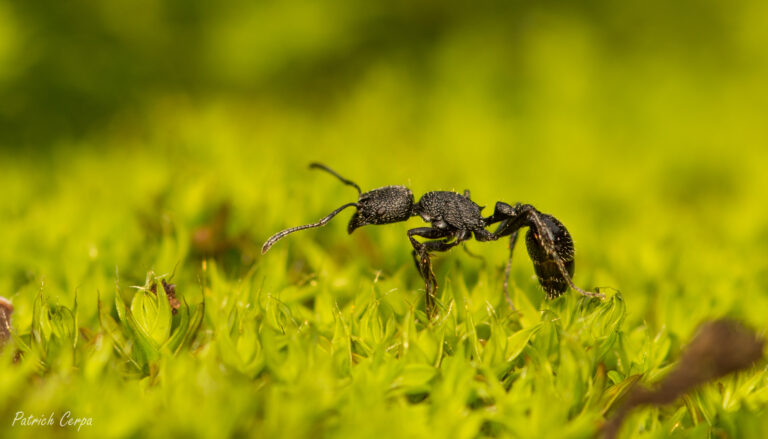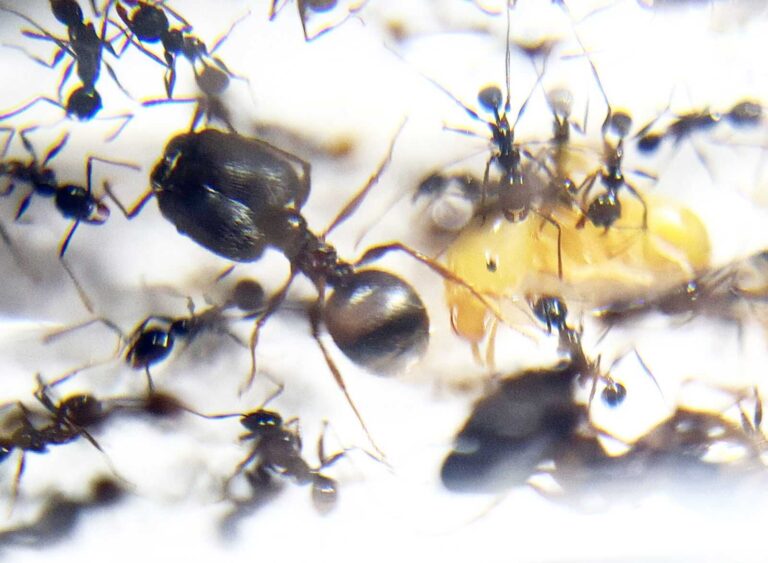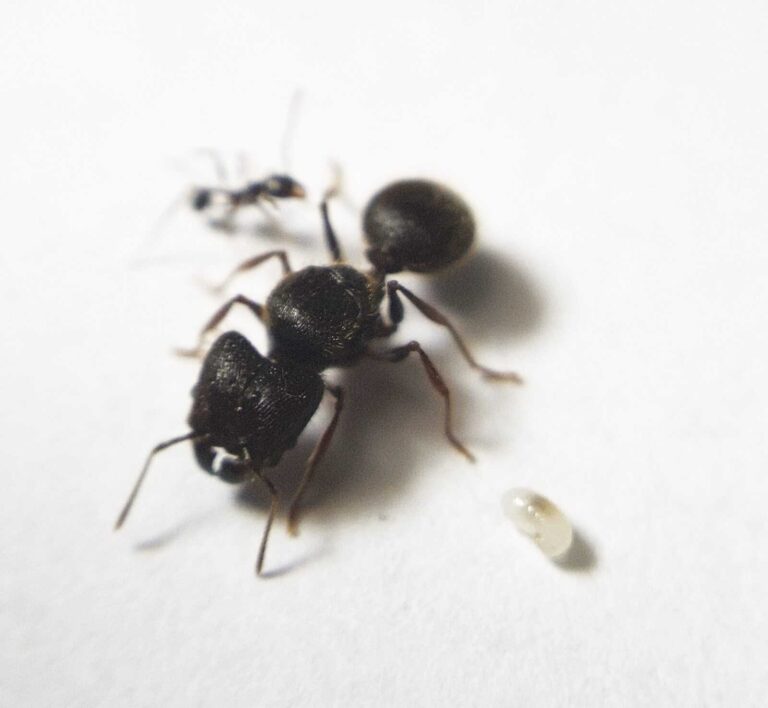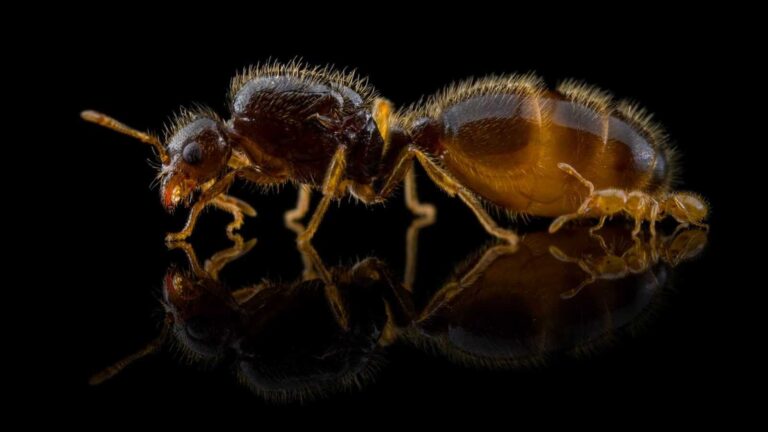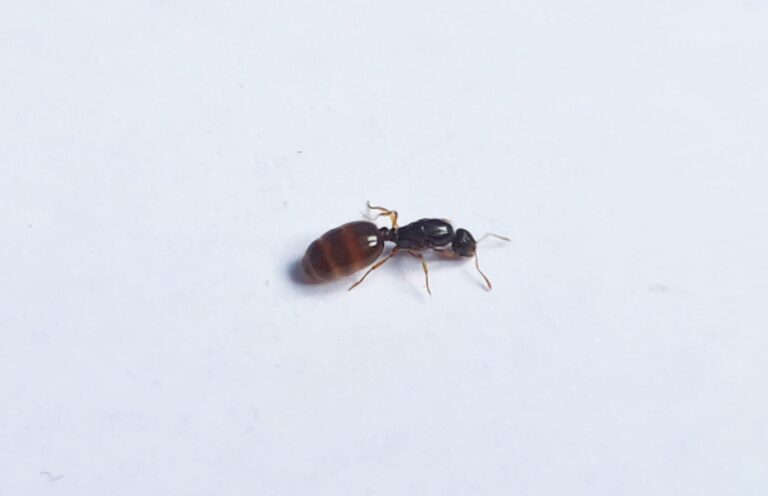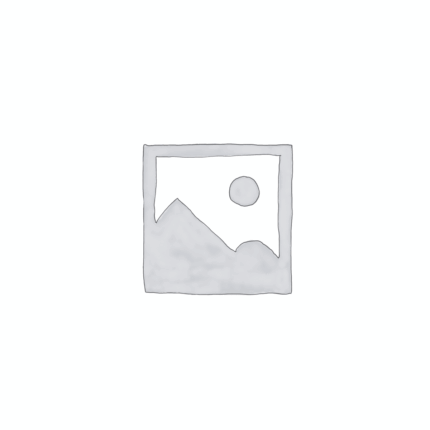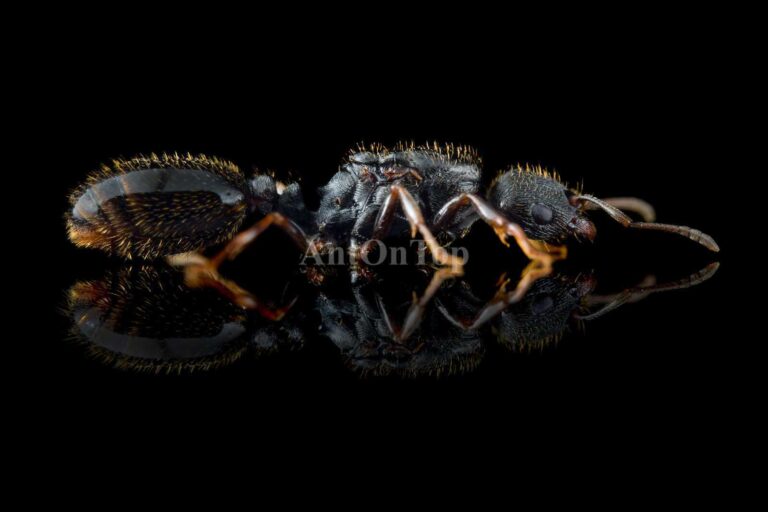Showing 41–45 of 45 results
- Queen 45
- Queen and 1-50 workers 1
- Queen and 1-3 workers 44
- Queen and 4-10 workers 44
- Queen and 11-20 workers 44
- Queen and 21-40 workers 44
- Queen and 41-60 workers 42
- Queen and 61-100 workers 31
- Queen and 51-100 workers 1
- Queen and 101-200 workers 6
- Queen and 201-500 workers 3
- Queen and 501-1000 workers 2
- 2 Queens 4
- 2 Queens and 1-3 workers 2
- 2 Queens and 4-10 workers 2
- 2 Queens and 11-20 workers 2
- 2 Queen and 21-40 workers 2
- 2 Queens and 41-60 workers 2
- 2 Queens and 61-100 workers 1
- 3 Queens 2
- 3 Queens and 1-3 workers 2
- 3 Queens and 4-10 workers 2
- 3 Queens and 11-20 workers 2
- 3 Queens and 21-40 workers 2
- 3 Queens and 41-60 workers 2
- 3 Queens and 61-100 workers 1
Patagonomyrmex angustus polygynous ant colony, with colony size usually under 400 workers, rarely exceeding that size in natural nests
Size: Queens: ~7-9 mm, Workers: ~4–6 mm
Pheidole dugasi is a species of ant with monogynous colonies that can have up to 50,000 workers. They have a fast development speed and vary in size, with queens measuring 11-13 mm, workers measuring 4.5-6 mm, and majors measuring 8-12 mm. They are black in color and their nutrition consists of food insects, syrup, fruits, vegetables, jelly, and cooked chicken without salt.
Solenopsis fugax is a monogynous ant species with colonies of up to 100,000 workers. They have a fast development rate. The queen measures 6-8 mm, while workers measure 1.5-2.5 mm and are yellow in color. They feed on food insects, syrup, fruit, vegetables, jelly, and cooked chicken without salt. The ant colony requires humidity.
Temnothorax unifasciatus is a tiny, peaceful species forming small colonies in acorns or rock cracks. Best suited for natural-style micro formicaria and hobbyists who enjoy detailed ant behavior on a miniature scale.
Tetramorium caespitum, or pavement ants, can be kept as pets by providing a suitable nest. These ants prefer nests with multiple chambers and a substrate that retains moisture well, such as sand or soil. Maintaining proper humidity levels is important for the well-being of the colony.



